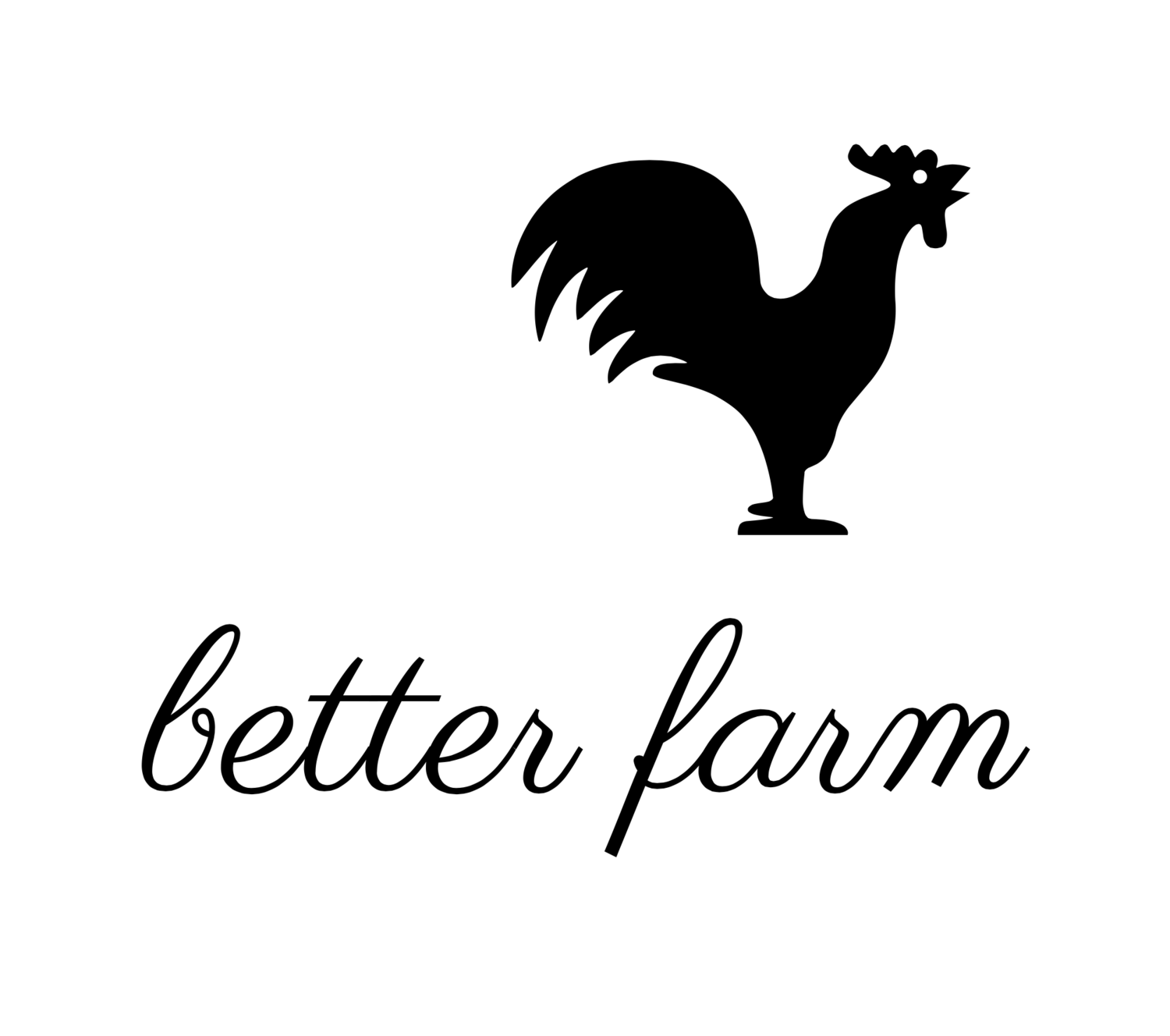One of the most wasteful uses of fresh, drinkable water in the world is that of flushing the toilet. Residential toilets alone account for roughly 30 percent of indoor residential water use in the United States—that's equal to more than 2.1 trillion gallons of freshwater each year, according to the EPA. There's got to be a better way.
Why would we use fresh, drinkable water—which, by the way, is in limited supply—to flush humanure away into some unknowable place for endless processing, especially at a time when we are increasingly aware of the benefits of at-home composting systems? Why do people insist on being the only animals on the planet to live so far removed from any natural systems?
There is a better way. Whether you 're hosting an event and need a few extra porta-potties, in need of a toilet out by your work room or garage, re-doing your camp on the lake and lack a bathroom, or if you're ready to transition from a water-based septic or sewer system, the "humanure" compost toilet is a simple, cheap, ecologically responsible way to deal with human waste.
Over the course of your lifetime, you will likely flush the toilet nearly 140,000 times; with each flush using somewhere between 1.28 gallons (if high-efficiency) and 7 gallons of fresh water. Leaking toilets (even the ones you only hear at night) can lose 30 to 500 gallons per day.
Joseph Jenkin's amazingly informative website The Humanure Handbook offers tons of ideas for alternatives to traditional, flush toilets—none of which are so gross that the average person can't figure out how to maintain, clean, and utilize the system in his or her everyday life. Although most of the world's humanure is quickly flushed down a drain, or discarded into the environment as a pollutant, it could instead be converted, through composting, into lush vegetative growth, and used to feed humanity.
The humanure process involves a compost toilet, a compost bin and cover material. Toilet instructions are simple. There are a variety of ways to make a humanure toilet (or you can buy one).
One of the Better Farm projects last year was to teach students how to construct a basic humanure compost system utilizing discarded scraps of lumber, a 5-gallon pail, and sawdust.
The popularity of that project fostered a second workshop this year. It was also my first time using power tools… thankfully, no fingers were hurt in the process.
First, we constructed the base.















































































